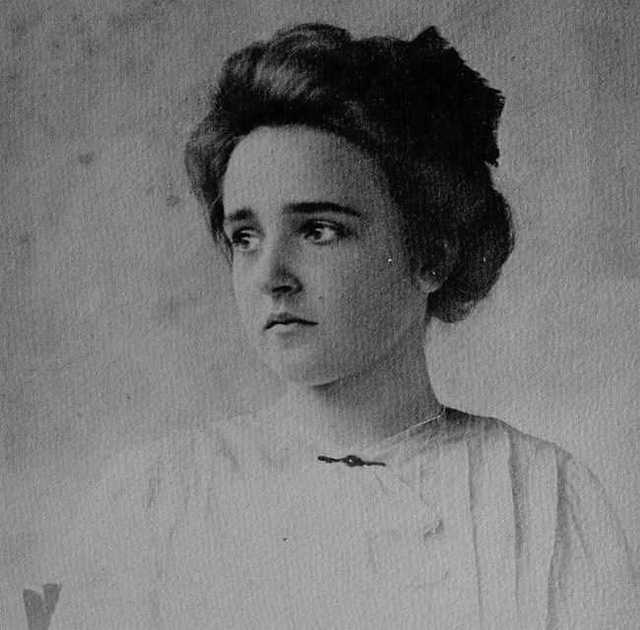Are you aware of the scientific achievements of Zofia Weigl? Read this article to learn more about this amazing woman and her husband, Rudolf. She was instrumental in the development of the vaccine for Typhus. Here are some other facts about Zofia Weigl. In addition to helping her husband, she was also a major contributor to his scientific research. She died in 1940.
Rudolf Weigl
Zofia Weigl’s story is one of survival and heroism. She remained strong throughout her life, and her father’s efforts to protect her will be remembered for decades to come. Weigl’s achievements were not limited to saving her own life – his work saved millions of other lives, too. His renowned achievements include developing a vaccine to treat typhus and helping Jews in occupied Poland. In fact, he was named a Righteous Among the Nations in 2003.
Born in Austria, Rudolf Weigl was raised in a Polish town. He married a Polish teacher and moved to the Polish-speaking area of the Austrian occupation zone of Poland. From there, he studied at the Lviv University, where he studied under famous biology teachers and eventually earned his doctorate in 1913. While in Lviv, he met Zofia Weigl, a fellow graduate of Lviv University, who later became Professor Dybowski’s protege.
Zofia Weigl
Did you know that Polish biologist Zofia Weigl is still alive? The first time I read about her, I was fascinated by her life and her incredible achievements. Weigl was an important person in the history of Polish science, and it is a wonderful surprise to hear that she is still alive and kicking! Read on to find out what she did in her lifetime, and what inspired her to become a scientist.
Zofia Weigl was born in 1883 in Poland. She worked at the University of Lvov in Poland, where she developed a vaccine that protected the Polish army from typhus. Weigl received several awards for her research and development, including the Nobel Prize in Medicine. She also continued her work until the end of her life, and this made her a well-known figure in science.
Typhus vaccine
Zofia Weigl, the wife of the Nobel Prize-winning inventor of the Typhus vaccine, died in 1940. While she never received the prize, she did contribute to her husband’s work and became the closest associate in the institution that developed the vaccine. Zofia Weigl’s legacy lives on. Fortunately for the world, it was Zofia’s work that saved millions of lives from the disease.
In 1939, Weigl’s laboratory used lice that were placed in tiny cages attached to volunteers’ legs. Human volunteers had to be clean, have healthy skin, and resist the urge to scratch. Weigl’s experiments were widely reported in the Polish and international press. In another case, Belgian missionaries vaccinated the Chinese population, but many of them were fatal.
The typhus vaccine is named after a Polish biologist who invented the first vaccine for the disease. Her father was a millionaire, and he distributed his vaccine across Poland. Zofia Weigl, his wife, was born in 1885 and studied at the Levan Franko National University. Developed the vaccine while studying in her early career. She was named a Righteous Among the Nations in 2003.
She assisted her husband in developing the vaccine
During the Holocaust, Zofia Weigl saved countless Jews by developing a vaccine against typhus. In addition to her work in the laboratory, Weigl helped build refuges for Jews in occupied Poland. In 2003, Weigl was named a Righteous Among the Nations. But how did she make it out alive? Did she earn a Nobel Prize for her work?
During WW2, the louse played a double role. It carried the disease typhus but also protected people who worked with the louse. Weigl’s vaccine helped protect the people who worked with them. And while her husband was busy developing the vaccine, she worked in the laboratory as well. It is not clear whether she was a collaborator on the project, or a sole supporter.
Though she wasn’t a doctor, Weigl did not feel comfortable conducting his experiments on humans. Instead, he conducted them with guinea pigs. Her husband, Michal Martynowicz, was a typhus survivor and his wife, Rozalia, had never been exposed to the disease. Michal Weigl vaccinated Rozalia with Weigl’s vaccine after she agreed to take in some of his infected lice.
READ MORE: Myinnovo Reviews – what should you need
